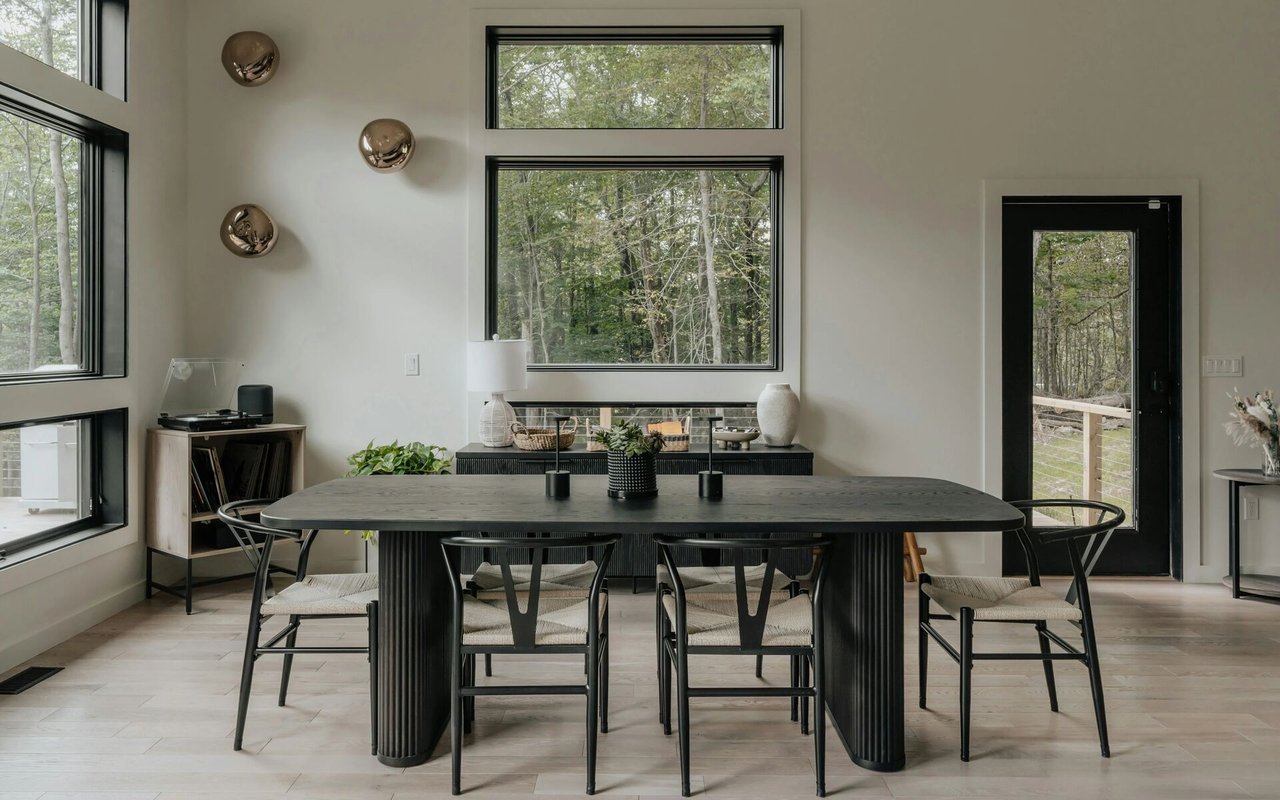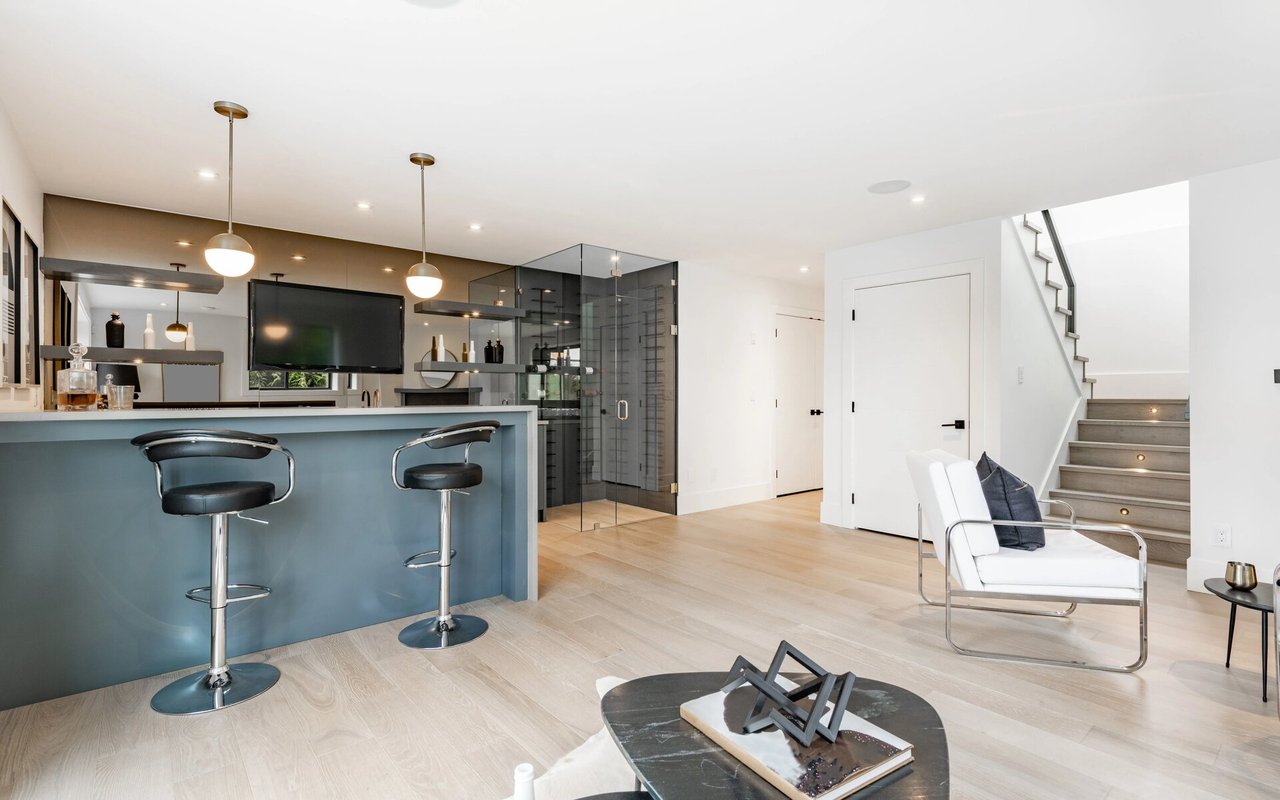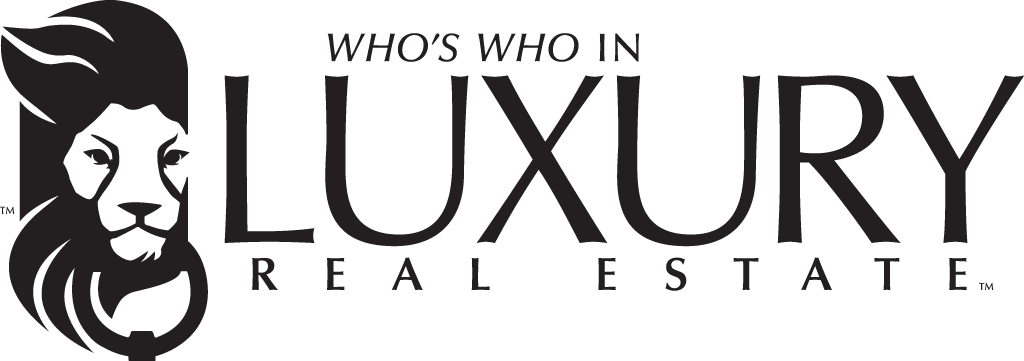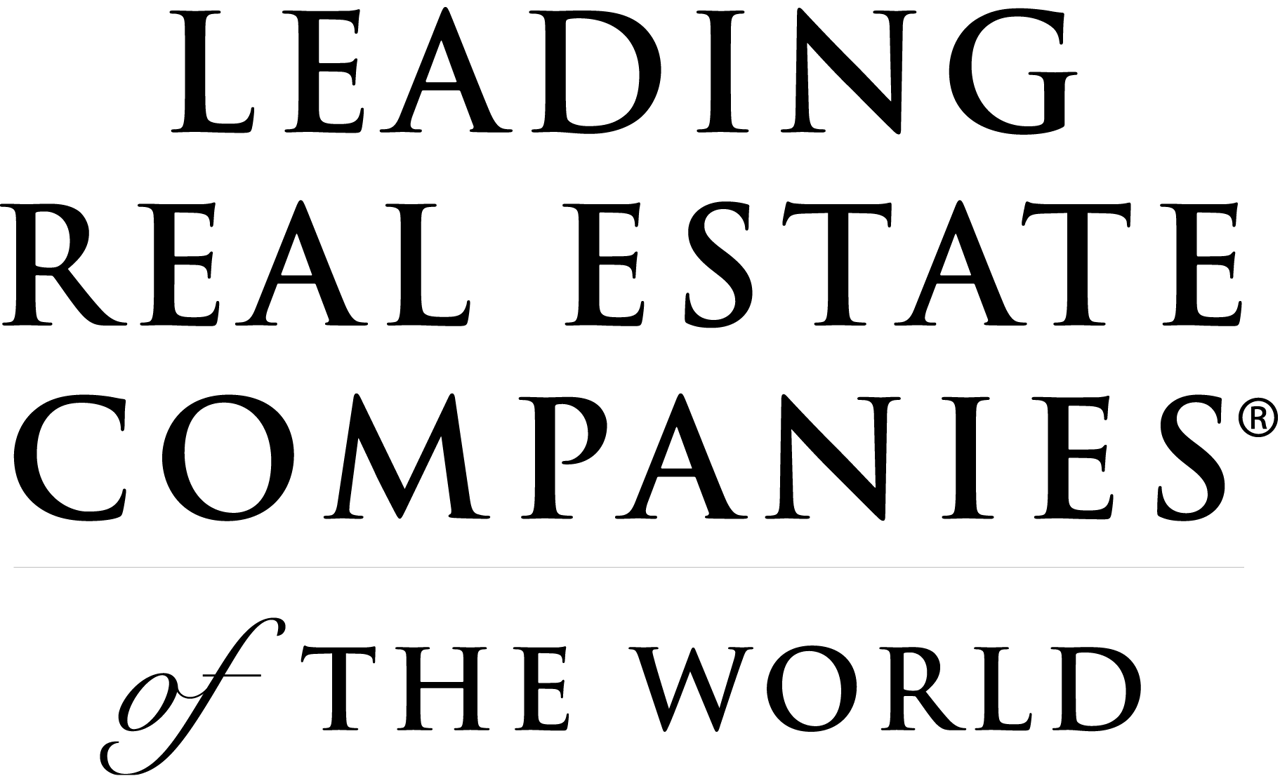
The overall mortgage market appears to be strong for 2018, which will be driven by home purchases rather than the refinancing of existing mortgages.
According to Freddie Mac, the federal mortgage giant, three trends will drive the market in 2018:
Purchase mortgage volume increases
Year-to-date total home sales are the highest since 2007. Existing home sales are unlikely to increase much going forward. A gradual increase in housing starts and moderate increases in mortgage rates will help to reduce house price growth next year. Freddie Mac forecasts average U.S. house price growth of 4.9 percent in 2018.
Rate refinance activity cools
With mortgage rates up from last summer’s near-record lows, the potential for rate refinances has diminished. From the fourth quarter of 1993 to the fourth quarter of 1994, mortgage interest rates on the 30-year fixed rate mortgage increased about 2 percentage points. In response, refinance activity fell over 80 percent to an inflation-adjusted $40 billion in the fourth quarter of 1994.
Borrowers tap home equity
Rising home prices help increase their home equity. Homeowners looking for home improvement, to consolidate other debt or pay off student debt can cash-out home equity to do so. If mortgage rates rise or remain flat, cash-out refinance activity will become an increasingly large share of total refinance activity.
Our local expert with Brand Mortgage
Dorsey Alston, Realtors reached out to our mortgage partner, Brand Mortgage, to get an idea of what local home buyers owners and buyers can expect for the coming year. Dean S. Mellon, Senior Vice President, wrote back that rates for a 30-year fixed mortgage should trade sideways in a band of 4.00% low to 4.500% high for 2018.
This is consistent with the last four years, during which time the rate has bumped along between the mid-threes and mid-fours. He cautions the rate depends on the level of economic growth and/or inflation (or lack thereof).
He also said buyers need to adjust to the new normal when applying for a mortgage.
“There is a lot of feedback/complaint from typical buyers about the level of documentation required for mortgage approval, however, this is more of the norm before the credit markets got way too loose pre-recession in 2007/2008,” Mellon said. “Home buyers need be open to working with lenders rather than questioning every request for additional information.”
Overall, he wrote, there are excellent financing options available through mortgage banks, which BrandMortgage encourages buyers to work with versus big banks, brokers, and online mortgage providers, who routinely have service/process-related issues, often delaying closing or falling apart altogether.
“We have seen an influx of new products that help borrowers with unique situations, such as using self-employed borrower bank statements for loans, 100 percent financing for physicians, and nonwarrantable condominium loans (high-rise condominiums with significant commercial space). We are even seeing more loan options for credit-challenged borrowers,” he wrote. “This is an added bonus to the typical loans that use full qualifying income, down payment, good credit, and without any nuances to the buyer’s ability to qualify (i.e., the easy loans).”
Importantly, buyers can also consider using Adjustable Rate Mortgages if they are not planning on being in the property for three decades, or the life of a standard mortgage, he wrote.
The good news is that mortgage rates should remain reasonably low for the foreseeable future, and there are many compelling reasons to buy a home or refinance in this mortgage environment.






